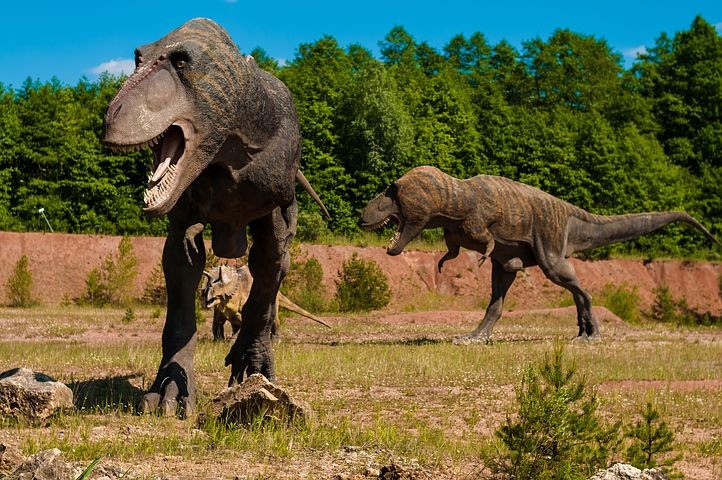
Could it be true that Jurassic Park is not just fiction?
A new study reveals that rock layers in a vast desert are lake deposits. These lakes deposits were once occupied interdune areas that served as water resources for extinct mammals, dinosaurs, and other species.
The early Jurassic era showed that grains which formed sandstones were deposited in a vast sand sea known in the history of the Earth. These deposits proved the existence of desertification.
What is desertification?
Desertification is the process whereby grasslands that were once fertile turn into futile deserts. This is the result of a variety of factors, including the overexploitation of the soil, vegetation, and wildlife. Climate change may also be an added factor to desertification.
How did these grasslands lose their vegetation?
How did these once fertile landscapes lose their bodies of water?
How did these vast lands come to extinction with their wildlife?
How long does desertification take place?
The research demonstrated the complex procedure of desertification. The sedimentary rock layers that were formed throughout the ages can provide important information as to how desertification prospered within continental interiors.
Navajo Sandstone is a vast ancient desert that is fully covered in sand dunes. This desert may seem to have been the playground for big and small dinosaurs, mammals, reptiles, and amphibians. This place could have been the real Jurassic Park, where extinct animals used to roam and serve the ecosystem.
The Navajo Sandstone today is known for the beauty graced by its tan and red sandstones. This is where you may find and traverse the national parks and monuments in the southwest of the United States. Some of the parks that you can visit in Navajo Sandstone are Capitol Reef, Arches, Zion, and Canyonlands.
According to the study, the 200 million year deposits reveal that the Navajo desert found in eastern Utah is older than we thought. It also shows that sand seas found in the southern area are younger. This means that the eastern part of the land underwent desertification earlier than its southern part.
The lakes, springs, and other existing bodies of water tell tales about the vast desert once had an active hydrologic cycle and wetter, cooler climate.
While the Navajo Sandstone and other vast deserts seem "deserted" and lifeless, a deeper look into their past may reveal a greener pasture to Jurassic Park inhabitants.
© 2026 ScienceTimes.com All rights reserved. Do not reproduce without permission. The window to the world of Science Times.










